05 Apr
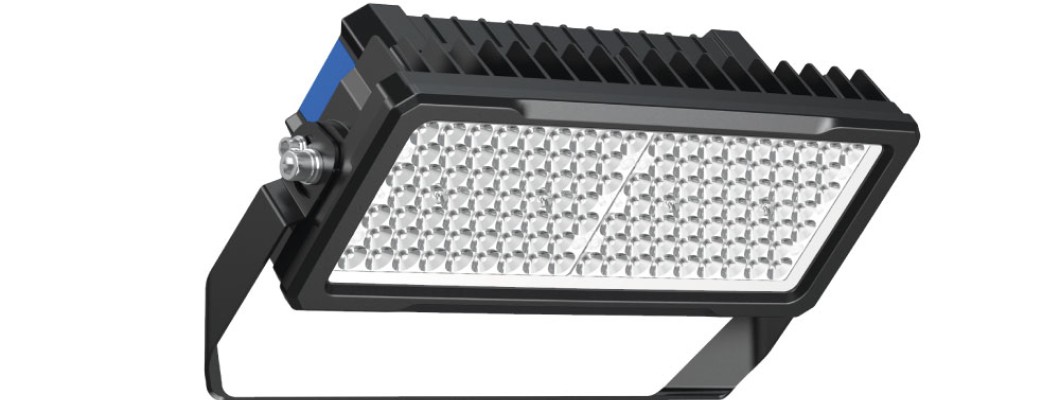

When it comes to lighting a padel court, the decision between LED and traditional lighting is an important one. The right lighting choice can enhance the game experience, improve visibility, and lower maintenance and energy costs.
In this article, we’ll explore the key differences between LED and traditional lighting, examining the pros and cons of each to determine which is the best option for padel courts.
The Basics of Padel Court Lighting
Padel is a fast-paced sport that requires precise movements and quick reflexes. Whether it's day or night, ensuring that players have optimal visibility is crucial for a fair and enjoyable game. Padel courts, typically outdoor or covered, have unique lighting needs compared to other sports. Since padel involves both indoor and outdoor play, the lighting must not only illuminate the court properly but also avoid causing discomfort or distractions, such as glare or shadows.
Lighting on padel courts is generally designed to provide even and adequate illumination across the entire playing surface, ensuring that every part of the court is visible to players and spectators alike. It also needs to minimise energy consumption and maintenance costs.
Traditionally, floodlights and halogen lamps were used for this purpose, but modern LED lighting offers a range of benefits that have made it a popular choice for padel courts.
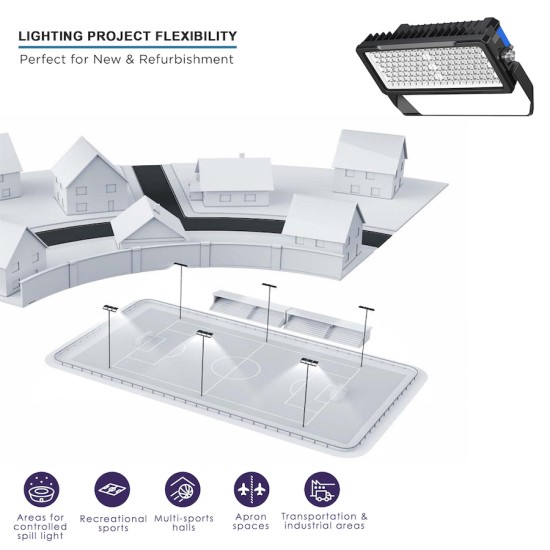
Understanding LED vs. Traditional Lighting
Before diving into their application on padel courts, it’s important to understand the basic differences between LED lighting and traditional lighting systems like halogen, metal halide, and fluorescent bulbs
Key Factors to Consider: LED vs. Traditional Lighting for Padel Courts
When choosing lighting for a padel court, it’s important to evaluate several key factors. Below, we examine the most important considerations when selecting between LED and traditional lighting.
Energy Efficiency
Energy efficiency is one of the main advantages of LED lighting. LED lights consume significantly less power compared to traditional lighting systems. Studies show that LEDs can use up to 80% less energy than incandescent bulbs and up to 50% less than metal halide lamps. This makes LEDs a more environmentally friendly and cost-effective option for padel court lighting.
For sports facilities like padel courts, which are frequently used, energy savings can be substantial over time. Since these courts are often used both during the day and at night, it's essential to choose lighting that minimizes electricity consumption without compromising performance. LEDs provide the same (or better) brightness as traditional lighting systems while consuming less power.
Cost Considerations: Initial and Long-Term
Although the initial cost of installing LED lighting may be higher than traditional lighting, the long-term savings often make LEDs a better investment. The cost difference is primarily due to LED technology's advanced efficiency, durability, and performance. Over time, these higher upfront costs are offset by reduced energy bills and the need for less frequent replacements and maintenance.
Traditional lighting is generally cheaper to install but comes with higher ongoing costs. These systems consume more energy, need more frequent replacements, and require more maintenance throughout their lifespan. For a regularly used padel court, traditional lighting can quickly become a financial burden.
Lifespan and Maintenance
LED lighting boasts a much longer lifespan than traditional options. An LED light bulb can last up to 50,000 hours or more, whereas traditional bulbs like metal halide or halogen lamps typically last between 2,000 and 5,000 hours. This significant difference means you can save considerably on replacement costs with LED lighting.
Additionally, LEDs require much less maintenance. Because they are durable and reliable, padel courts equipped with LED lighting need fewer bulb replacements, saving time and money. Traditional lighting, on the other hand, tends to burn out more quickly and requires more frequent attention from maintenance teams.
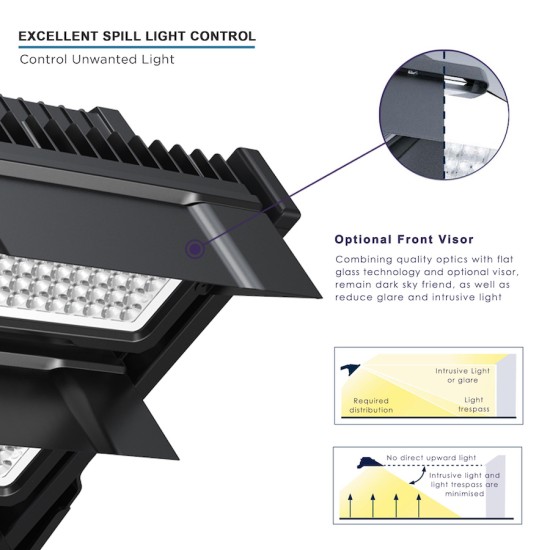
Quality of Light
The quality of light is crucial for creating optimal playing conditions. Well-lit courts improve visibility, reduce shadows, and help players see the ball clearly.
Environmental Impact
As sustainability becomes a more important consideration, the environmental impact of lighting systems is a growing concern. LED lights are generally considered more eco-friendly than traditional options for several reasons.
Durability and Performance in Harsh Conditions
Outdoor padel courts are exposed to various environmental factors such as rain, humidity, and extreme temperatures. LED lighting is better suited to handle these challenges:
Glare and Light Pollution
Glare can be a significant issue on padel courts if the lighting system is poorly designed. Ill-distributed lighting can create discomfort for players, making it difficult for them to track the ball or judge distances. LEDs are known for their ability to minimize glare due to their directional lighting capabilities.
What is the Best Padel Court Lighting?
The best padel court lighting consists of high-quality LED floodlights that provide optimal brightness and uniform illumination. These floodlights should offer a high lumen output to ensure clear visibility for players, with a colour temperature between 4000K and 6000K to replicate natural daylight and reduce eye strain.
LED floodlights are energy-efficient, consuming significantly less power than traditional lighting systems while delivering the same or better performance.
For outdoor padel courts, choosing floodlights with an IP65 or IP66 rating ensures they are weather-resistant, capable of withstanding rain, dust, and extreme temperatures.
With a long lifespan of up to 50,000 hours, these durable floodlights reduce maintenance costs and are a cost-effective choice in the long term, making them ideal for both recreational and professional padel courts.
Conclusion: Which is Best for Padel Courts?
While both LED and traditional lighting have their merits, LED lighting stands out as the better option for modern padel courts. LEDs are more energy-efficient, cost-effective in the long run, and provide superior lighting quality with better durability and less maintenance. They also offer significant environmental benefits, making them the ideal choice for sustainable padel facilities.
Traditional lighting systems, while cheaper upfront, come with higher ongoing costs, maintenance requirements, and less consistent performance. They also tend to have a shorter lifespan and can cause issues with glare and uneven lighting.
In conclusion, for padel courts looking to optimise performance, minimise costs, and provide a high-quality playing experience, LED lighting is the clear winner.

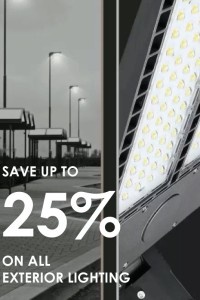
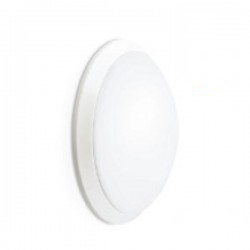
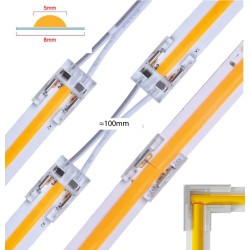
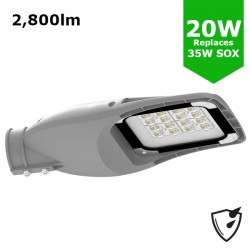
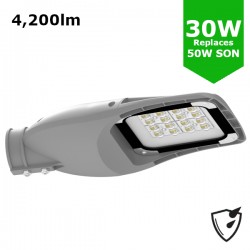
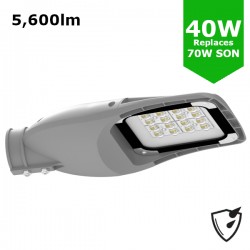
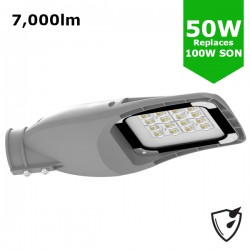
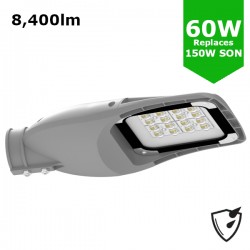
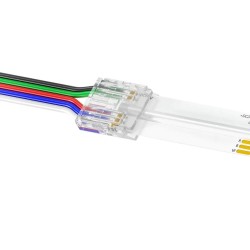
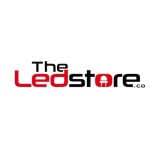
Leave a Comment